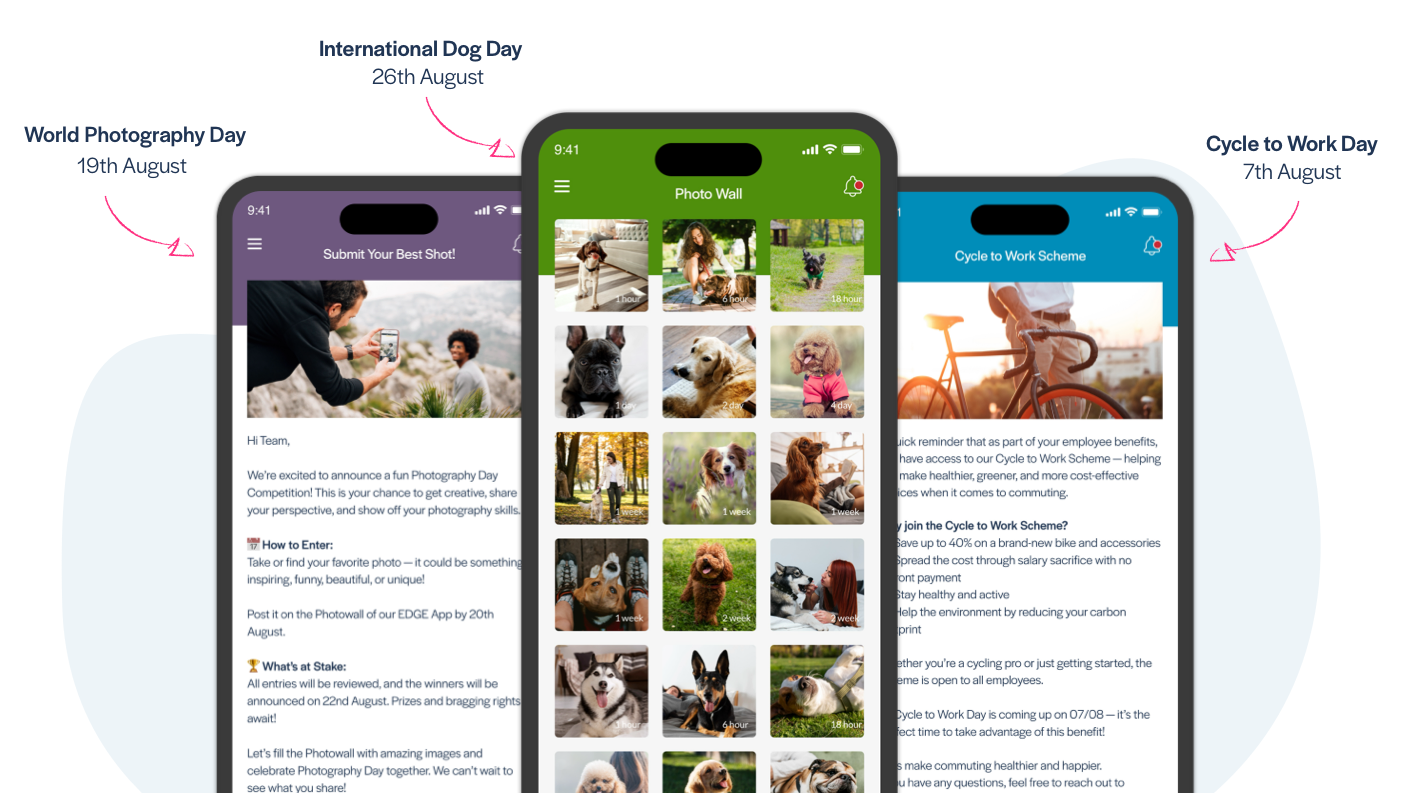
Blog
Is there really a need for employee recognition?
Recognising people for their good work sends an extremely powerful message to the beneficiaries, their peers and other employees, through the grapevine and more formal communication channels.

In Maslow’s hierarchy of needs, nearly at the top, there’s a set called ‘Esteem’ to express that all humans crave for self-esteem, confidence, respect of others and by others, and achievement. At work, this social need makes us want to be recognised for our worth and work well done.
As an employer it is therefore crucial to express appreciation of the achievements of your employees; apart from a few cynics, most will respond positively to recognition as it fulfills a deep-rooted social need. When employees and their output are valued, their satisfaction, engagement and productivity rise, making them motivated to maintain or improve their good work.
There are two ways to practice employee recognition: first you can identify an opportunity to praise someone, but you need to be alert to it. Then there’s the very act of doing something to acknowledge and praise people for their good work, verbally or electronically.
Recognising people for their good work sends an extremely powerful message to the beneficiaries, their peers and other employees, through the grapevine and more formal communication channels.
Employee recognition doesn’t have to be complicated and it becomes fairly normal to apply, once it is embedded in your company culture. But to avoid that it is done badly, in an awkward or contrived way, managers need to be coached in the matter, as it is a true management technique that can be learned.
Your employees should also spontaneously be praised, a very effective method: a sincere thank you is often more important than any award that will gather dust on a shelf. Employee recognition can be done through personal, written, electronic or public praise from those they respect at work (management or peers, especially tribal leaders), given in a timely, specific and above all, sincere way.
The frequent employee recognition is the most important type: where it has been applied in schools the results show a significant boost to the confidence of children with a long term positive impact. This can work in the workplace too. Almost daily recognition offers the benefit of immediate and powerful reinforcement of a desired behaviour and sets an example to other employees of such desired behaviour, especially those that align with organisational objectives, like customer satisfaction, timeliness and accuracy of problem solving, level of engagement and improved productivity.
I mentioned earlier the need for “respect for and by others” giving employee recognition not only from management but also from peers is very potent for its impact on anybody’s ego. Your company culture and tools should allow individuals and teams at all levels to have the opportunity to recognise good work of other employees and teams, or for them to be recognised on the spot for their own good work.
Our mobile app building tool already enables employee recognition through simple selfie photo galleries where employees can snap a photo and submit a story to recommend a colleague. The employer then reviews these and publishes a flow of them in their app built on our platform. That can be your first move to put in place genuine peer generated employee recognition.
Sources: Creative ideas for employee recognition by Kim Harrison.









